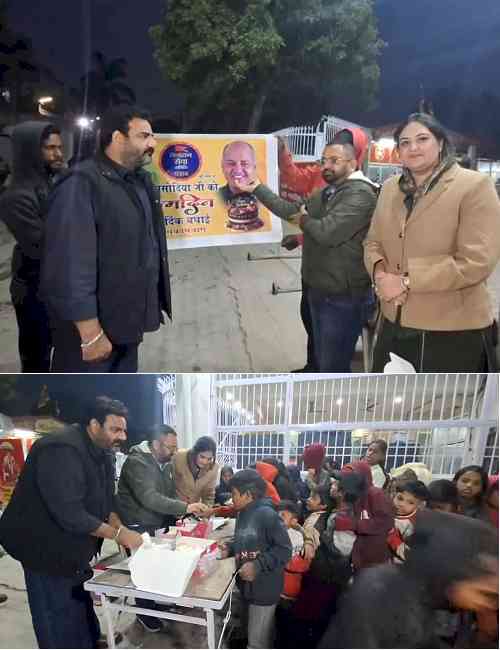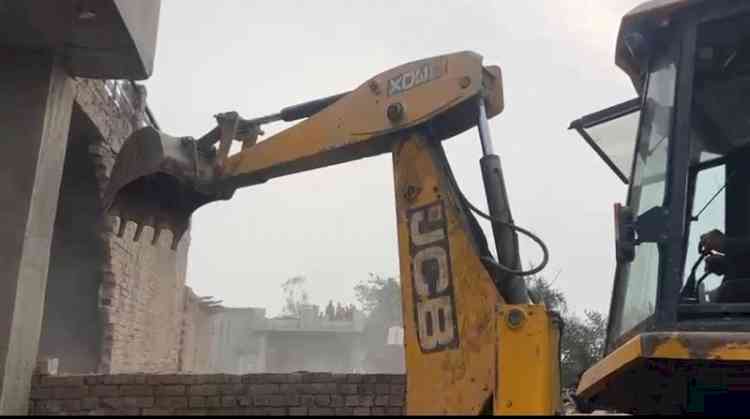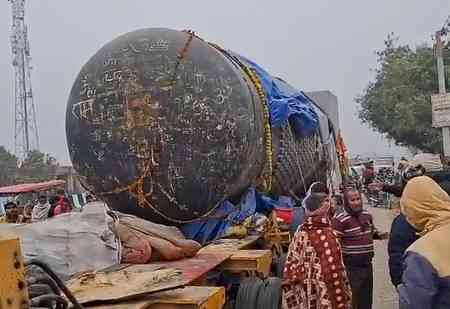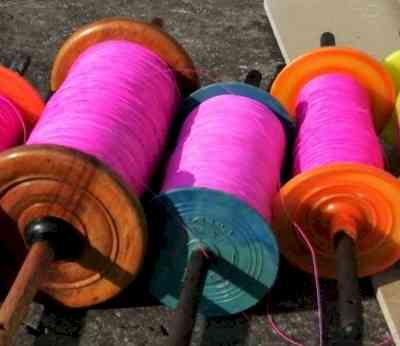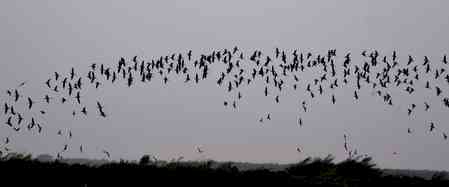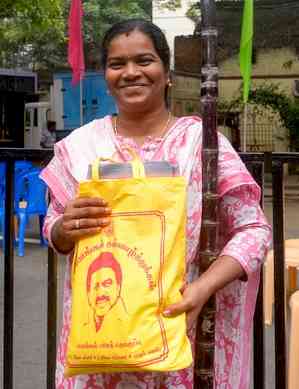PAU recommends new DSR (direct seeded rice) technique as solution to labour problem
The technique has been successfully tested on a large scale at farmers’ fields last year

Ludhiana: In the wake of the Covid 19 outbreak creating fear of labour shortage among farmers during the rice transplanting season, the Punjab Agricultural University has developed a new DSR technique, based on three years of research. The technique, informed Dr M.S. Bhullar, Senior Agronomist, PAU, has been successfully tested on a large scale at farmers’ fields last year. In the new direct seeding of rice (DSR) technique, the field is first laser leveled followed by pre-sowing (rauni) irrigation and preparation of the field when it reaches tar-wattar (good soil moisture) condition. Rice is then immediately sown with tractor operated Lucky Seed Drill which does sowing of rice and spray of herbicide at the same time, for direct sowing. If this machine is not available, then sow rice with rice seed drill having inclined plate metering mechanism and spray the herbicide immediately after sowing. For herbicide spray, dissolve 1.0 litre Stomp/Bunker 30 EC (pendimethalin) in 200 litre of water for one acre area. Use 8 to 10 kg seed for one acre and imbibe rice seed in water for 8 hours and then dry in shade. Before sowing, treat rice seed with 3 g Sprint 75 WS (mencozeb + carbendazim) by dissolving in 10-12 ml water per kg seed; make paste of fungicide solution and rub on the seed. Apply first irrigation at 21 days after sowing and schedule succeeding irrigations as per monsoon rains. As June month is very hot and evaporation is very high, the delayed first irrigation, under this new DSR technique, saves irrigation water. Secondly, the delayed first irrigation reduces weed problem. Third, the roots of rice plant go deeper, due to delayed irrigation, which reduce incidence of nutrient deficiency especially iron. Fourth, with new DSR technique, rice can be direct seeded in medium to heavy textured soils (sandy loam, loam, clay loam, silt loam) which accounts for 87 % area of the state. And fifth, the profits from rice sown with new DSR technique are at par with rice transplanted in a puddle field. Prefer short duration rice varieties for direct seeding. New DSR technique saves irrigation water also.
Dr Bhullar further urged the farmers to adopt this technique and bring rice area under direct seeding especially during first fortnight of June, before beginning rice transplanting.


 cityairnews
cityairnews 

